Charla doble: «Anomalous diffusion, fractional diffusion equation, and electrical impedance response of complex fluids» – «A simple model of ac hopping surface conductivity in ionic liquids»
Fecha: Martes 07/05/2019 – 11:00 AM
Título: Anomalous diffusion, fractional diffusion equation, and electrical impedance response of complex fluids
Expositor: Luiz Roberto Evangelista – Departamento de Fı́sica, Universidade Estadual de Maringá. Maringá, Paraná, Brazil.
Anomalous diffusion problems constitute a fast growing field of research in several areas of physics, biology, ecology, geophysics, and many others [1]. The fact that the time dependence of the mean squared displacement is nonlinear, i.e., <(z − )²> ∝ tγ, with γ≠1, is a noteworthy characteristic of an anomalous diffusion.
This non-Brownian behaviour can be found in a wide variety of scenarios [2,3], and is usually related to the non-Markovian characteristics of the systems such as memory effects, fractality, and interactions. To face the high complexity of the behaviours of these systems, several formalisms have been considered, among which are of particular importance the extensions of the diffusion equation such as the fractional diffusion equations [4-7]. In this talk, we discuss a series of mathematical problems connected with the solution of fractional diffusion equation and fractional diffusion equation of distributed order for the mobile ions coupled to the Poisson’s equation for the electrical potential in the bulk, subjected to boundary conditions that are stated by means of very general expressions. These expressions constitute boundary conditions that embody, in particular, the usual kinetic equation for describing the adsorption-desorption process at the electrodes, but can be also expressed in terms of a temporal kernel that can be judiciously chosen to cover scenarios which are not suitably described within the usual framework of blocking electrodes. The predictions of a few of these models have been recently compared with experimental data relevant to typical liquid-crystalline samples [3] providing evidence that the diffusion process of the ions in these electrolytic cells is anomalous and the mechanisms of these processes may be connected to the surface effects that induce an anomalous process on the bulk [8]. Some general perspectives of applications of the general theoretical framework presented in this talk are revisited, pointing towards new directions of the research with fractional calculus in physical, chemical, and biological contexts.
References:
[1] A. Pekalsi and K. Znajd-Weron (eds), Anomalous Diffusion: From Basics to Apllications, Lecture Notes in Physics, (Springer, Berlin, 1999).
[2] P. A. Santoro, J. L. de Paula. E. K. Lenzi, and L. R. Evangelista, Anomalous diffusion governed by a fractional diffusion equation and the electrical response of an electrolytic cell, J. Chem. Phys. 135, 114704 (2011).
[3] F. Ciuchi, A. Mazzulla, N. Scaramuzza, E. K. Lenzi, and L. R. Evangelista, Fractional Diffusion Equation and the Electrical Impedance: Experimental Evidence in Liquid-Crystalline Cells, J. Phys. Chem. C 116, 8773 (2012).
[4] J. Bisquert, Fractional Diffusion in the Multiple-Trapping Regime and Revision of the Equivalence with the Continuous-Time Random Walk, Phys. Rev. Lett. 91, 010602 (2003).
[5] E. K. Lenzi, L. R. Evangelista, and G. Barbero, Fractional Diffusion Equation and Impedance Spectroscopy of Electrolytic Cells, J. Phys. Chem. B 113, 11371 (2009).
[6] J. R. Macdonald, L. R. Evangelista, E. K. Lenzi, and G. Barbero, Comparison of Impedance Spectroscopy Expressions and Responses of Alternate Anomalous Poisson-Nernst-Planck Diffusion Equations for Finite-Length Situations, J. Phys. Chem. C 115, 7648 (2011).
[7] L. R. Evangelista, E. K. Lenzi, G. Barbero, and J. R. Macdonald, Anomalous diffusion and memory effects on the impedance spectroscopy for finite-length situations, J. Phys.: Condensed Matter 23, 485005 (2011).
[8] E. K. Lenzi, R. S. Zola, H. V. Ribeiro, D. S. Vieira, F. Ciuchi, A. Mazzulla, N. Scaramuzza, and L. R. Evangelista, Ion Motion in Electrolytic Cells: Anomalous Diffusion Evidences, J. Phys. Chem. B 121, 2882 (2017).Título: A simple model of ac hopping surface conductivity in ionic liquids Expositor: Giovanni Barbero – Dipartimento di Scienza Applicata del Politecnico di Torino. Torino, Italia. The boundary conditions proposed to discuss the charge exchange taking place in an ionic liquid in contact with non-blocking electrode are reconsidered in a dynamical situation. Assuming that the bulk density variation of the ionic density depends linearly on the surface value of the ionic current density, the frequency dependence of the phenomenological parameter is determined. The analysis has been performed in the framework where the relaxation times are smaller than a maximum relaxation time τMs, and that the response function is independent on the value of the relaxation time. By means of simple physical consideration, an expression for the surface conductivity describing the ionic charge exchange at the electrode is obtained. According to our calculations, its frequency dependence is similar to that predicted for the electric conductivity in disordered material when the mechanism is of hopping time. From measurements of impedance spectroscopy, by the best fit of the experimental data, the temperature dependence of the hopping time, of the dc surface conductivity, and of the diffusion coefficient are derived. They are in good agreement with the theoretical predictions obtained by means of the random distribution of surface energy barrier.

